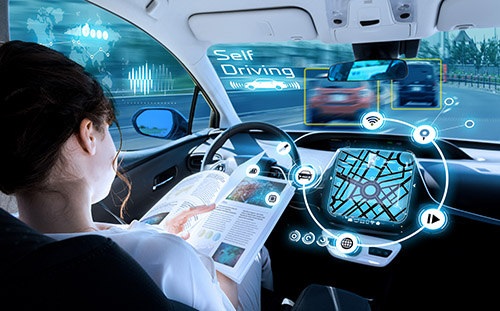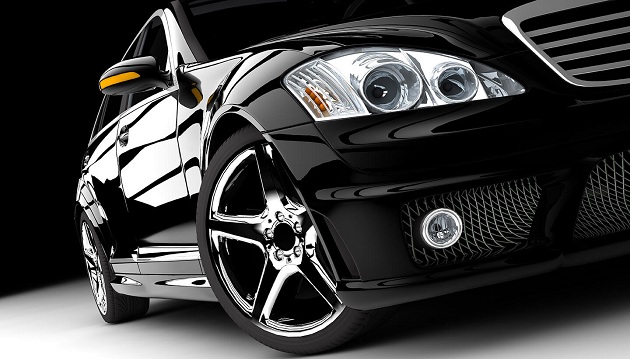Given that one server processor might consume 200-450 watts, it’s fortunate that data centers are temperature-controlled environments and their servers are designed with cooling capabilities. Imagine, however, if that server was inside a car, where wide ambient temperature ranges can reach 125 degrees Celsius or higher.
Indeed, automotive designers face a great challenge, as applications such as advanced driver assistance systems (ADAS) and infotainment require continually increasing in-vehicle processing power. For example, to address these needs, NVIDIA has announced what engaged is calling a “liquid-cooled supercomputer for cars.” Its Drive PX 2 chip offers the power equivalent of 150 MacBook Pros, with 12 CPU cores, 8 teraflops worth of processing power, and the ability to achieve 24 trillion operations per second. All of this horsepower is needed to run the sophisticated algorithms—including deep learning—and perform the computations that enable vehicles to do more autonomously.

Cars simply don’t have the cooling capacity that data center servers have. Liquid cooling, used in our earlier NVIDIA chip example, provides one way to lower operating temperature via fluid coolants pumped through microfluidic channels on a chip. The new generation of automotive processors require anywhere from 60 to 90 to 100 watts of power. They’re like server processors in the car. So, as we move up the levels of autonomous capabilities in vehicles, automotive processor power requirements are only going to further increase. This puts automotive power management ICs (PMICs) in the spotlight.
Minimize EMI and Meet Your Thermal Constraints
Let’s consider automotive infotainment systems as an example. To minimize the overall solution size, PMICs for these types of systems must provide high switching frequencies. They also must minimize electromagnetic interference (EMI), since EMI can wreak havoc on the performance of a vehicle’s many sub-systems. Such PMICs are typically attached to the main vehicle battery. Because of this connection topology, these parts should be able to withstand high input voltages (>36V) and also perform reliably through load-dump events for the life of the vehicle (even though separate circuitry generally manages this battery-related phenomenon). In addition to very specific load transient requirements (typically from half to full load within a microsecond), automotive PMICs must also address thermal requirements and constraints.
Let’s also take a look at IC voltage regulators. Typically, regulators are attached directly to the battery power mains and are rated for 28VDC to 40VDC to handle the transients that slip through the surge and overvoltage protectors. (Downstream regulators that aren’t attached directly to the battery don’t need high-voltage input specification.) Switching regulators with high efficiency (> 90% efficiency at full load) and low quiescent current can help extend battery life. They would also generate less heat and require less board space—two key criteria for automotive applications.
Maxim provides a broad portfolio of automotive-qualified PMICs that work with any microprocessor or microcontroller. They’re backed by a roadmap that addresses increasing power requirements while also meeting automaker specifications for efficiency, solution cost, and footprint. If you’re working to address a power management challenge in your Automotive Design , please contact your local sales representative to learn how Maxim’s PMICs can help you solve the problem. You can also learn more from our application note, “Auto Radio Head Units: More Demands, Harsh Environment Drive Need for Sophisticated Power-Management ICs.”








